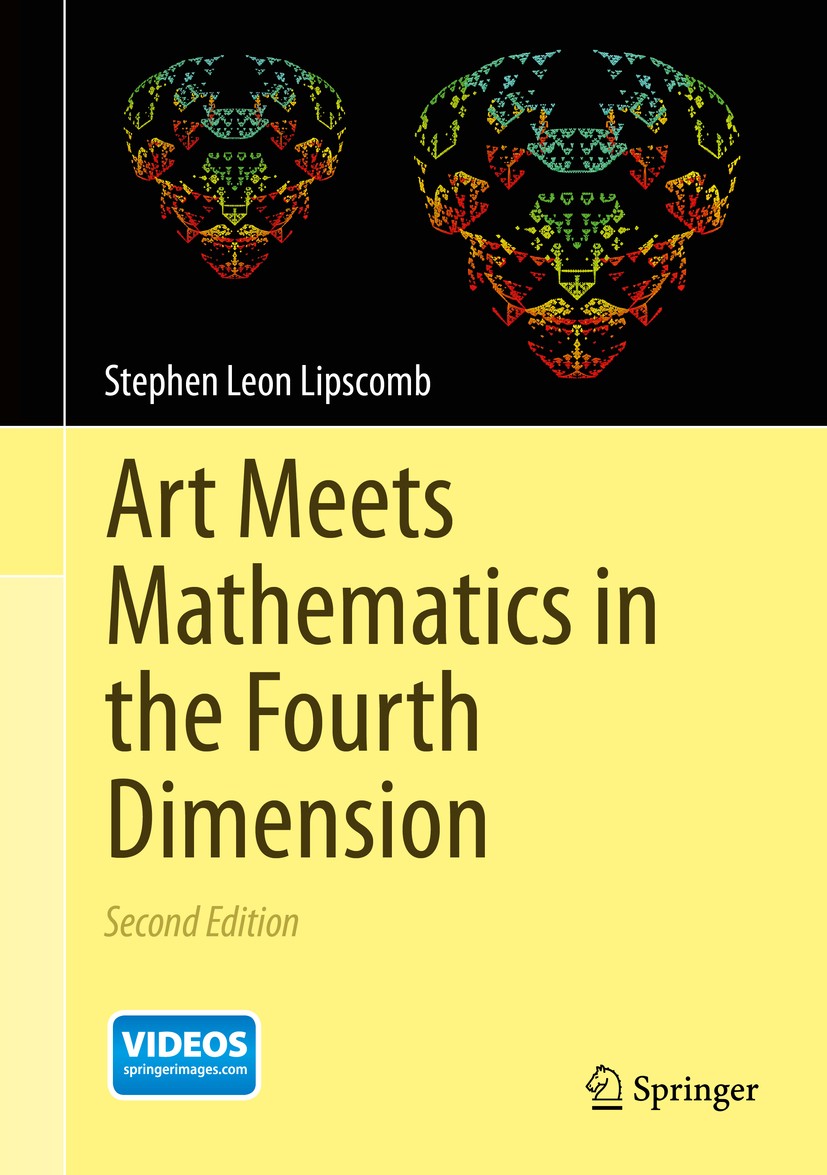| 期刊全称 | Art Meets Mathematics in the Fourth Dimension | | 影响因子2023 | Stephen Leon Lipscomb | | 视频video | http://file.papertrans.cn/162/161810/161810.mp4 | | 发行地址 | Develops the concept of the hypersphere dimensions as it relates to art, architecture, and mathematics.Includes illustrations to support mathematical analyses.Discusses computer software that enables | | 图书封面 |  | | 影响因子 | To see objects that live in the fourth dimension we humans would need to add a fourth dimension to our three-dimensional vision. An example of such an object that lives in the fourth dimension is a hyper-sphere or “3-sphere.” The quest to imagine the elusive 3-sphere has deep historical roots: medieval poet Dante Alighieri used a 3-sphere to convey his allegorical vision of the Christian afterlife in his Divine Comedy. In 1917, Albert Einstein visualized the universe as a 3-sphere, describing this imagery as “the place where the reader’s imagination boggles. Nobody can imagine this thing.” Over time, however, understanding of the concept of a dimension evolved. By 2003, a researcher had successfully rendered into human vision the structure of a 4-web (think of an ever increasingly-dense spider’s web). In this text, Stephen Lipscomb takes his innovative dimension theory research a step further, using the 4-web to reveal a new partial image of a 3-sphere. Illustrations support the reader’s understanding of the mathematics behind this process. Lipscomb describes a computer program that can produce partial images of a 3-sphere and suggests methods of discerning other fourth-dimensional | | Pindex | Book 2014Latest edition |
The information of publication is updating

|
|
 |Archiver|手机版|小黑屋|
派博传思国际
( 京公网安备110108008328)
GMT+8, 2025-11-15 22:17
|Archiver|手机版|小黑屋|
派博传思国际
( 京公网安备110108008328)
GMT+8, 2025-11-15 22:17


